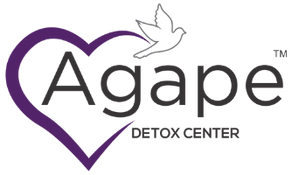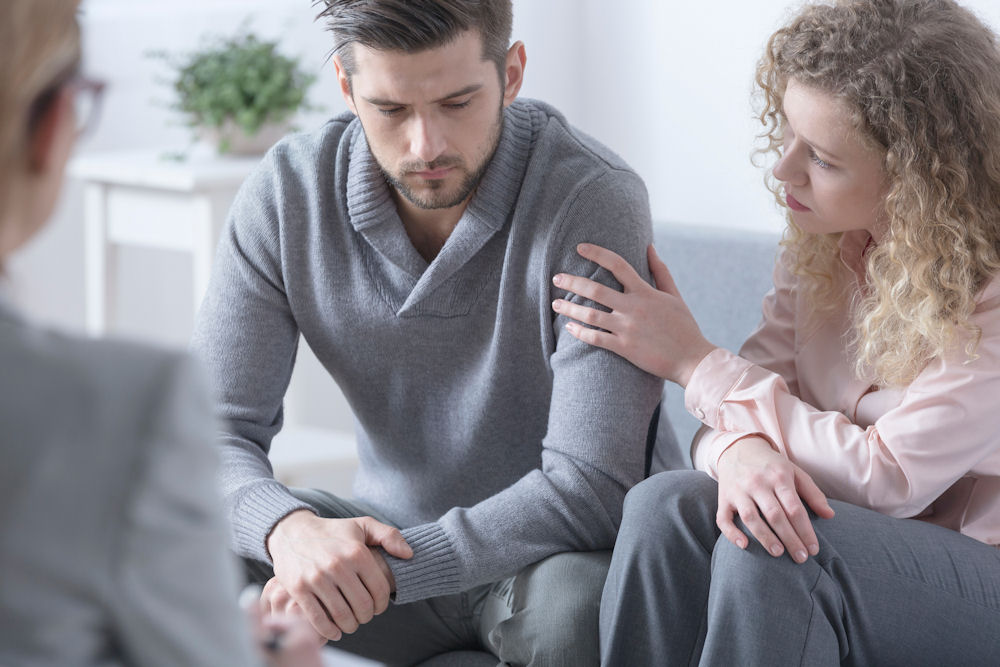Someone should enter an opioid detox program to have a safe and supervised environment to receive medical care during the detox process. Healing can begin once detoxing begins, and drug users can sooner mitigate long-term health detriments.
When dealing with addiction, withdrawal symptoms can be one of the most difficult and frustrating parts. In an opioid detox program, patients won’t have access to the drugs that cause them to relapse but will have medical support to get them through the hardest parts of detox.
When it comes to opioid detox, finding the right program is paramount. Each patient must consider their own personal values and determine if they would prefer a holistic or allopathic approach. Mental health or eating disorder diagnoses can complicate treatment for addiction recovery if not properly treated.
Table of Contents
ToggleWhat are Opiates?
Opiates are substances that affect nerve cells in the brain and body, with potentially life-altering consequences. Opiates such as heroin, oxycodone, hydrocodone, codeine, morphine and fentanyl can be obtained illicitly to achieve an intense but dangerous high.
Opioids are pain relievers that are used to treat chronic pain. They are generally safe when taken for the prescribed use and in the prescribed quantities, but the euphoric effects and pain relief can cause users to become dependent and lead to misuse. With abuse, opioids can lead to addiction, overdose, and death.
Opiate Effects and Abuse
Opiates are prescribed and used for pain relief, allowing users to reduce or eliminate pain temporarily. These drugs can make users feel relaxed and happy, but common side effects are drowsiness, confusion, slow breathing, nausea, and constipation.
According to the 2019 National Survey on Drug Use and Health, approximately 1.6 million people in the United States misuse opioids. The World Health Organization states worldwide, it’s estimated that 62 million people use opioids. Additionally, from the same study, 36.3 million people suffered from drug use disorders in 2019.
Signs of opioid abuse include seclusion and changing friends, disinterest in activities, and a breakdown in personal grooming and self-care routines. Some behavioral and physical symptoms include weight fluctuation, hyperactivity, mood swings, and a disrupted sleep schedule.
Opioid Detox and Withdrawal Symptoms
Some early withdrawal symptoms include a runny nose, a racing heart rate, fever, and agitation. Later symptoms of opioid withdrawal include cravings, vomiting, and gastrointestinal issues such as nausea and diarrhea.
Intensive treatment for opioid use is designed to manage the pain of detoxing from opioids while the brain and body relearn how to function without drugs. The listed symptoms can start within 12 hours after the last dose taken.
The intensity of the symptoms will depend on the user’s health, the length of time they’ve used drugs, and other drugs or medications they’re taking. For example, most withdrawal symptoms will subside in a week, but depression, anxiety, and fatigue could linger for longer.
Treatment for Opiate Addiction
Treatments for an opiate addiction administered in an opioid detox center include a mix of medication-assisted treatment (or MAT), supervised detox, and therapy. Most frequently, a detox program comes before inpatient treatment for the addiction.
Mild symptoms can be treated with OTC medications like acetaminophen, aspirin, or NSAIDs. Supplemental medications can also help with diarrhea and nausea.
A common medication administered is clonidine, which can reduce the intensity of symptoms such as anxiety, cramping, sweating, and restlessness.
As mentioned, detox for opioid addiction will often include medication-assisted treatment. Those recovering from opioid addiction can now access two effective medications, buprenorphine, and naloxone (Suboxone), in all 50 states. This choice is becoming increasingly popular on long-term recovery journeys, while methadone remains a viable option for those seeking care across the United States.
Another option is rapid detoxification, a process of placing a patient under anesthesia with opioid blockers. While it’s been observed to decrease symptoms, it doesn’t actually shorten the amount of time spent in withdrawal. Additionally, vomiting often occurs during withdrawal, and the potential of vomiting under anesthesia greatly increases the risk of death. Because of this, most doctors hesitate to use this method, as the risks outweigh the benefits.
Why Should I Enter an Opioid Detox Program?
Entering an opioid detox program can allow you to live your life out from under the shadow of addiction. An effective, safe, holistic opioid detox is the first step toward recovery. Now, there’s no need to wait, as you can start your journey to recovery as soon as you’re ready.
Detoxing from opiates can be difficult, which is why Agape Detox provides a resort-like setting in St. Port Lucie, Florida. With their help, you can reclaim your life and achieve total wellness. Our medically supported detox services, inpatient rehab, and multiple therapy options provide each client with a safe and comfortable detox process. Speak to admissions at (855)-948-2936 to begin your healing process today.

Stephanie Robilio is an accomplished Clinical Director at Agape Behavioral Healthcare. With a Master of Social Work degree, LCSW license, and extensive training in Rapid Resolution Therapy under her belt, she brings a wealth of expertise to her role. Her unique combination of education and experience allows her to provide exceptional care to clients and lead her team with confidence. Stephanie’s joy comes from witnessing the moments when her patients creatively connect the dots and bravely move toward reclaiming their power. Her purpose is to help individuals understand their past so they can create a future full of hope, growth, and success. Stephanie attributes a large portion of her success to the supportive culture and strong sense of community fostered by the Agape team.





